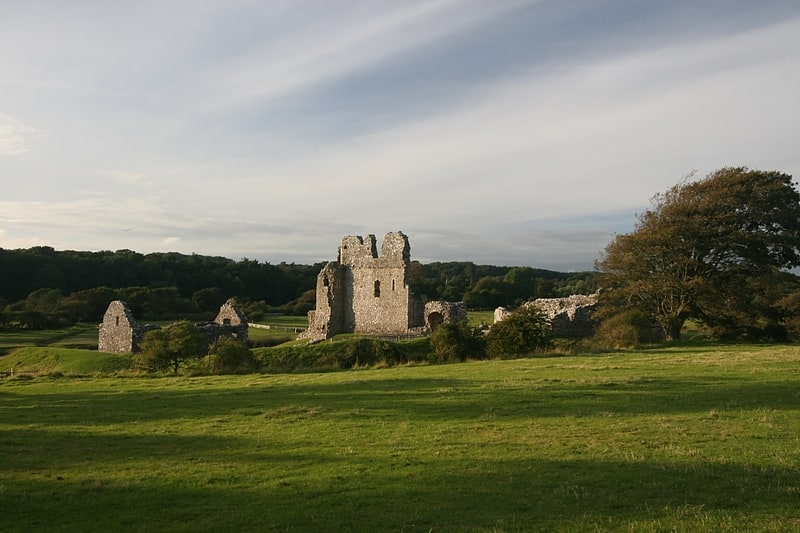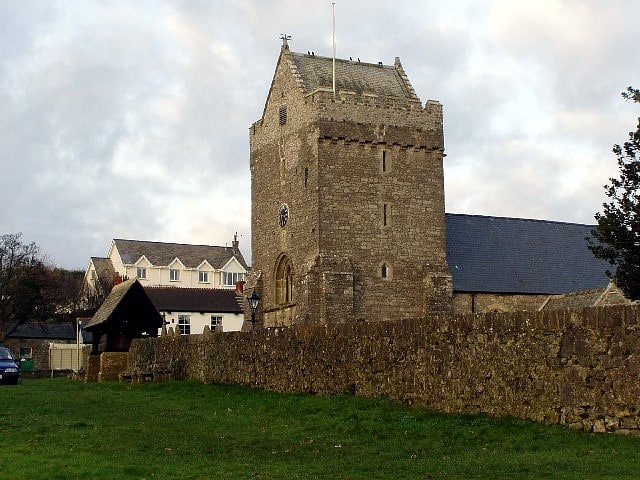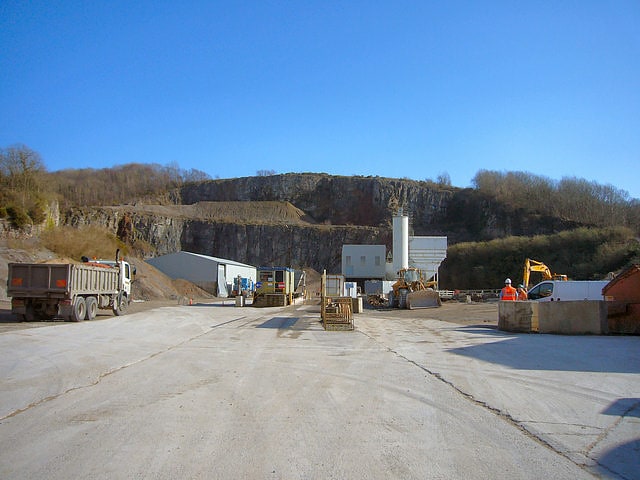Discover 5 hidden attractions, cool sights, and unusual things to do in Merthyr Mawr (United Kingdom). Don't miss out on these must-see attractions: Ogmore Castle, Candleston Castle, and St John the Baptist Church. Also, be sure to include St David's Church in your itinerary.
Below, you can find the list of the most amazing places you should visit in Merthyr Mawr (Wales).
Table of Contents
Ogmore Castle

Castle in Wales. Ogmore Castle is a Grade I listed castle ruin located near the village of Ogmore-by-Sea, south of the town of Bridgend in Glamorgan, South Wales. It is situated on the south bank of the River Ewenny and the east bank of the River Ogmore.
Its construction might have begun in 1106. Ogmore was one of three castles built in the area in the early 12th century, the others being Coity Castle and Newcastle Castle. It was in use until the 19th century for a range of purposes, including a court of justice and a prison, but is now a substantial set of remains and a local landmark. It is managed by local authorities.[1]
Candleston Castle

Historical landmark in Wales. Candleston Castle is a 14th-century fortified manor house, in ruins since the 19th century. It is.75 miles southwest of Merthyr Mawr, former Glamorgan, Wales, now Bridgend county borough and just.75 miles northwest of Ogmore Castle, separated by the River Ogmore. Candleston's original long and narrow rectangular structure lay across the western end of a low narrow promontory, suggesting a defensive position. The castle is believed to be named after the Norman family of Cantilupe, thought to be its first feudal tenants.[2]
Address: Merthyr mawr road, Merthyr Mawr
St John the Baptist Church

Building in Porthcawl, Wales. St John the Baptist Church, Porthcawl is a medieval church and Grade I-listed building in Church Street, Newton, Porthcawl, Wales. It was built in the late twelfth century and has been remodelled several times in the succeeding centuries.[3]
Address: Church St, CF36 5PD Porthcawl
St David's Church

Church in Laleston, Wales. St David's Church, Laleston is a Grade I listed church in Laleston, Bridgend County Borough, southern Wales. It is listed Grade 1 as a medieval church with its fabric, including timber roofs, mainly intact, and having group value with he churchyard cross and Cliff Cottage.[4]
Address: High Steet, Laleston, Merthyr Mawr
Ewenny and Pant Quarries

Ewenny and Pant Quarries is a Site of Special Scientific Interest in the Vale of Glamorgan, south Wales, notable for its geological interest. First designated in 1996, both quarries are active, commercial quarries, with no public access. Ewenny Quarry is operated by Lafarge Aggregates and Pant Quarry, just over the community border in St Brides Major community, is operated by Tarmac Group. A third quarry, Lithalun Quarry is not part of the SSSI, but has also produced important fossilised remains.
Jurassic clay infill, around 200 million years ago accumulated in deep fissures in the already weathered landscape of the Carboniferous limestone. Along with the clay, individuals of several species of very primitive mammals ended up with their remains amongst this clay, which then fossilised. Now, as the limestone is quarried at these two sites the clay infill is stored and subsequently examined by geologists. These infills have provided the most complete fossilised remains of species of primitive mammals anywhere on earth. Morganucodon watsoni is the earliest and most primitive prototherian mammal known. Reconstruction of teeth and jaw fragments suggests they could have fed on 'hard' insects such as beetles. Kuehneotherium praecursoris, classed as the most primitive therian mammal known, by contrast, could only manage 'soft' insects such as moths.[5]